Hi guys!
As I mentioned in the entry Liitokala cell NCR18650B capacity test, I will open this entry to try to objectively measure the actual degradation of this lithium cell.
Lithium battery degradation
As you know, lithium batteries suffer a loss of capacity as charge cycles pass. Normally manufacturers give a cycle value that supports the cell. This does not mean that the cell dies when it reaches that number. Simply the manufacturer estimates that the degradation it has is enough to end the life of the cell. This value is 80% of the nominal cell capacity.
Degradation of Liitokala NCR18650B cells
I have in mind to mount a 10KW powerwall with the NCR18650B cells of Liitokala, and that has led me to try to measure the actual degradation of these cells with the home tester of load cycles for cells 18650 that I have mounted.
Here are a couple of links through which I bought them:
- For orders up to a maximum of 6 cells: NCR18650B Liitokala
- For larger orders, up to 20 units: pack NCR18650B Liitokala
We started the study
As a starting point we have a completely new cell model NCR18650B from Liitokala.
Below is a photo with the actual capacity from which we started.
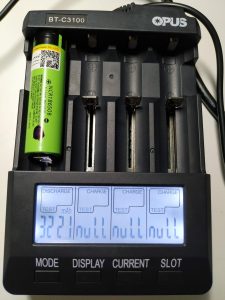
Once the initial capacity (3221mAh) is determined, we will subject the cell to continuous loads and unloads and we will record the number of cycles we perform. To do this we will use the diy load cycle tester for 18650 cells.
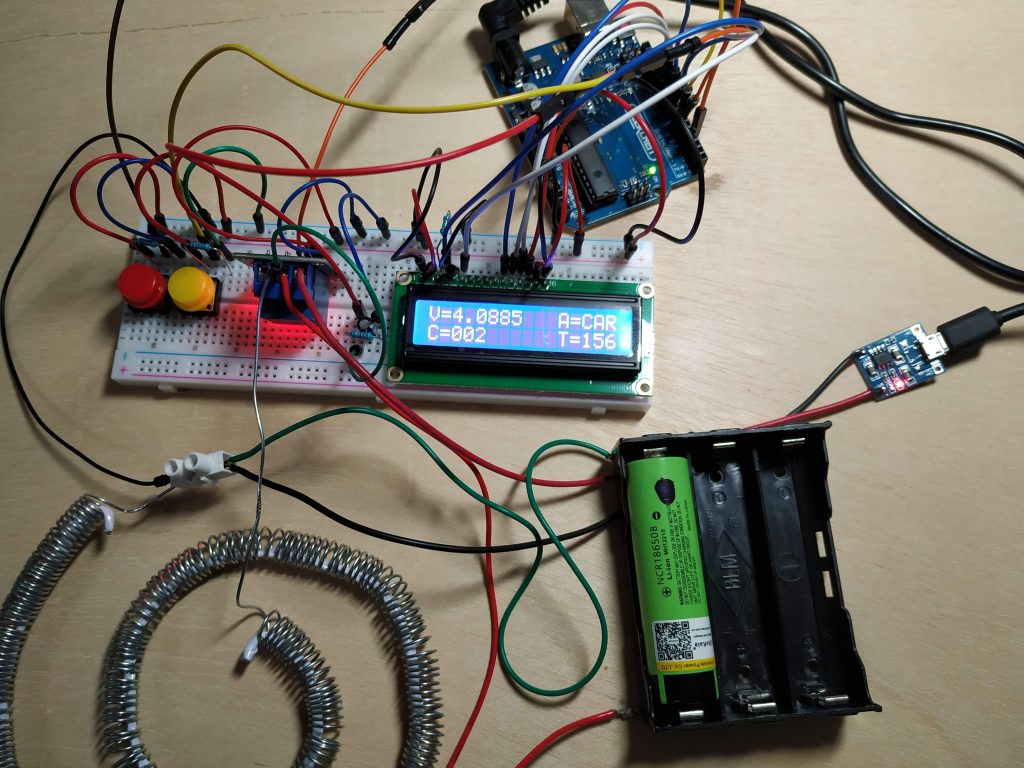
On the LCD we can see 4 parameters:
- V: The voltage at which the cell is.
- A: It has two possible ‘CAR’ or ‘DES’ values (if you are loading or unloading the cell)
- C: Indicates the number of cycles you take. On an accountant. Increases when a full cycle is performed (one load and a full discharge)
- T: Indicates the time in minutes you have been loading or unloading (It is reset when it goes from charge to discharge or vice versa)
The cell is loaded with a TP4056 charger. It can be seen in the capture (it is the small plate). This charger is valid for lithium batteries. It is powered by a mobile charger and charges the cell at an intensity of 1A. I leave you a link where you can buy them a pack of 5 units for 2.20€: buy TP4056 charger
For the discharge is used the home resistance seen in the photo (it is that screwed wire). I have calibrated it to discharge at an intensity of 2A (approx).
I leave you a couple of images where I measure both the loading and unloading intensity (these photos are from previous tests and the cell shown is not the one we will use in the test):
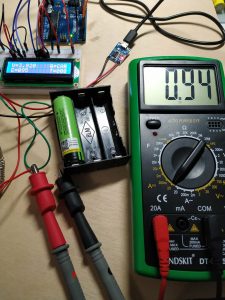
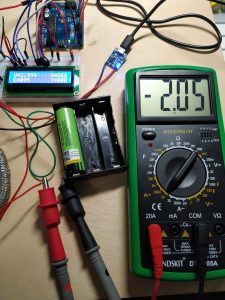
The Arduino is configured to go into discharging mode when 4.19V is exceeded, and to go into charging mode when it goes down from 2.3V (actually the cell is approx. 2.9V, but when applying the resistance load, a lower voltage comes out)
As you can imagine, a full cycle takes a long time. It takes approximately 240 minutes to charge and about 90 minutes discharge.
Results table
I don’t think there’s anything else left to detail, so I’m going to put a table with the results I’m getting. The test I start on the date I write the post (although I have already done some before, but the cells were used and I want to make one starting from scratch):
| Date | Cycles | Capacity | Observations |
| 31/01/2020 | 1 | 3221 | Starting point |
| 09/02/2020 | 32 | 3162 | Loss of 2.1% |
| 16/02/2020 | 60 | 3104 | Loss of 3.63% |
| 23/02/2020 | 90 | 3068 | Loss of 4.75% |
| 02/03/2020 | 120 | 3022 | Loss of 6.17% |
| 10/03/2020 | 150 | 2988 | Loss of 7.23% |
| 20/03/2020 | 180 | 2947 | Loss of 8.50% |
| 27/03/2020 | 210 | 2922 | Loss of 9.28% |
| 02/04/2020 | 241 | 2906 | Loss of 9.77% |
| 08/04/2020 | 270 | 2905 | Loss of 9.81% |
| 14/04/2020 | 301 | 2880 | Loss of 10.58% |
| 21/04/2020 | 331 | 2848 | Loss of 11.58% |
| 26/04/2020 | 360 | 2823 | Loss of 12.35% |
| 03/05/2020 | 390 | 2805 | Loss of 12.91% |
I leave you a graph with the result to see it more simply. I’ll update it with the new readings:
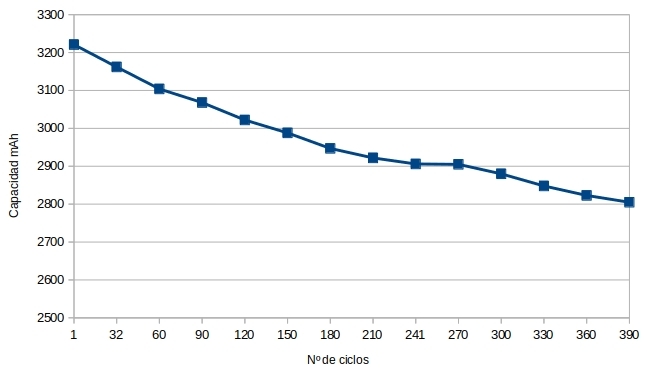
Photos of the capabilities obtained in each test:
**Update 20/03/2020: As you can see in the 20/03/2020 photo of the tester, I have modified it to be able to test in two cells simultaneously. Tests with Liitokala’s cell continue as normal. Now I have started testing the cells of Varicore’s NCR18650B, you can see it in the entry Degradation NCR18650B of Varicore.
** Update on 04/08/2020: The arduino cycle counter has been reset and has started again, because the maximum value it reaches is 255 (by how I have programmed it).
I hope the data we take out will be of use to you. If you have any questions leave it in comments.
See you at the next entrance.
Best regards!!
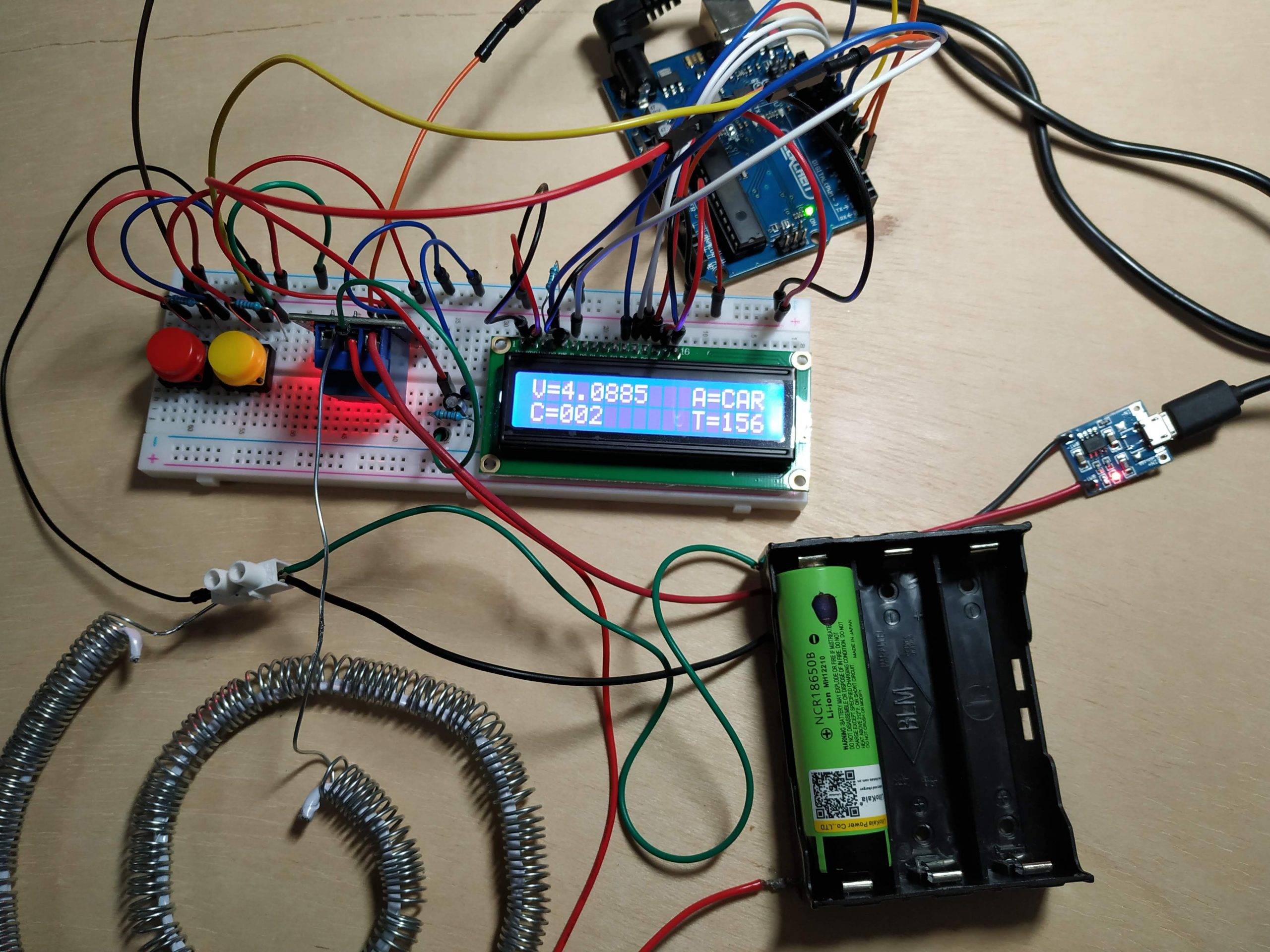
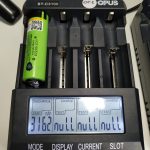
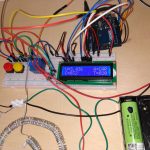
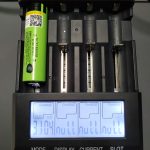
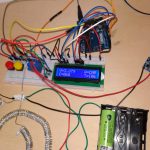
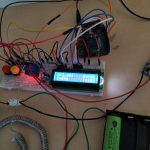
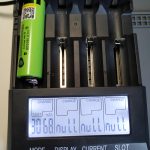
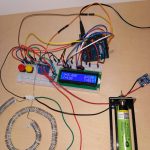
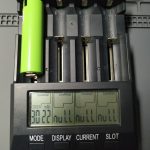
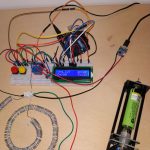
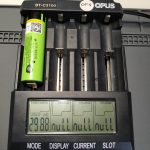
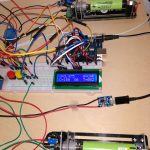
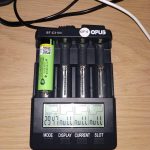
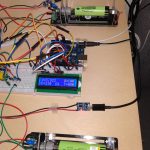
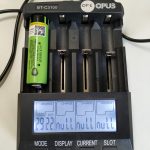
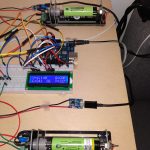
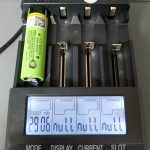
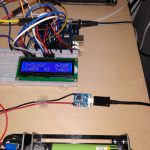
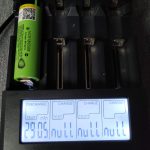
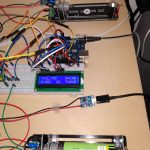
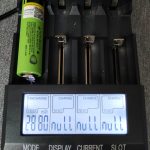
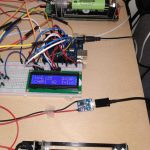
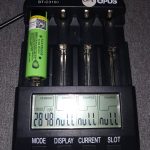
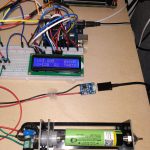
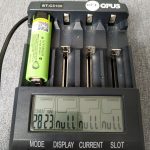
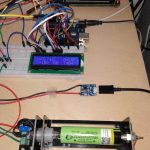
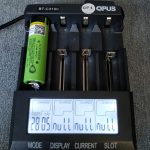
Interesting, in the last 100 cycles they lost just over 1%, the rate of degradation seems to be slowing down a bit.
Thanks a lot of the testing!
Yes, but it has already increased again. On average 33mAh is degrading every 30 cycles. Let’s see how many more it can take.
Thanks Alex!
Is there a way to get alerts when a post get’s updated / new post get’s published?
I’ve tried several wordpress plugins, but only notified of new posts, not updates. At the moment there is no way to receive notifications, sorry…
Can you make a simple newsletter?
You can now subscribe to the menu widget in the right column. A greeting!
Hi, very interesting article!
The LiitoKala cells are very cheap for the capacity so i was curious if they had degradation problems, from your tests it seems like they degrade twice as fast as LG/Panasonic cells but I wonder how many cycles it will take for them to start degrading faster and stop holding any useful capacity.
Are you still testing these batteries?
How many cycles will you test?
Hi Alex,
First of all, thanks for your interest, it encourages me to continue with the tests.
I confirm that I continue with the tests (I just updated the entry with new values), and the idea is to continue, at least, up to 500 cycles. At this point, possibly stop the test to see if the cell has self-discharge, or other problems. If everything is OK, I will continue more test cycles.
Thanks and regards!
Thank Diego Barros alot.
I am waiting for the 500th cycles. I am interesting in Liitokala battery but nowhere can find the test you did.
There is less left, but it becomes eternal!